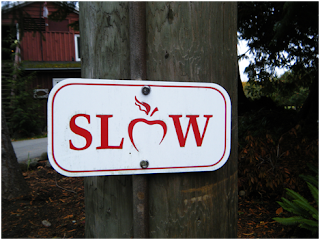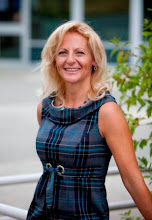
 Blogpost by Martin Pariseau
Blogpost by Martin PariseauFriday, October 29th, began with a group meeting during which Don Barrie from Tourism Cowichan shared a great wealth of knowledge and experience on the circle route and amenities in the Cowichan region. For instance, 40 to 60 logging trucks pass through Lake Cowichan daily. Don was good enough to honor my request and sent me five files including some focus group results and the Cowichan Region Tourism Plan. After Don left, the group continued the meeting to coordinate the various components of the collaborative case study. Finishing, we packed up and headed to Duncan for lunch.
Vans were separated at this point. One group went to the Dog House Restaurant and then on to the VIU Cowichan Campus where we got a tour. While some stayed for a tour while the rest of our group visited adjacent recreation amenities such as the giant hockey stick, Cowichan Aquatic Centre and the Island Savings Centre. After stopping briefly at the BC Forest Discovery Centre (which was hosting a Halloween event for local kids), the group drove through Chemainus and went on to Ladysmith where they explored the town. The other group spent most of the afternoon at the Quw’utsun’ Cultural and Conference Centre.

















